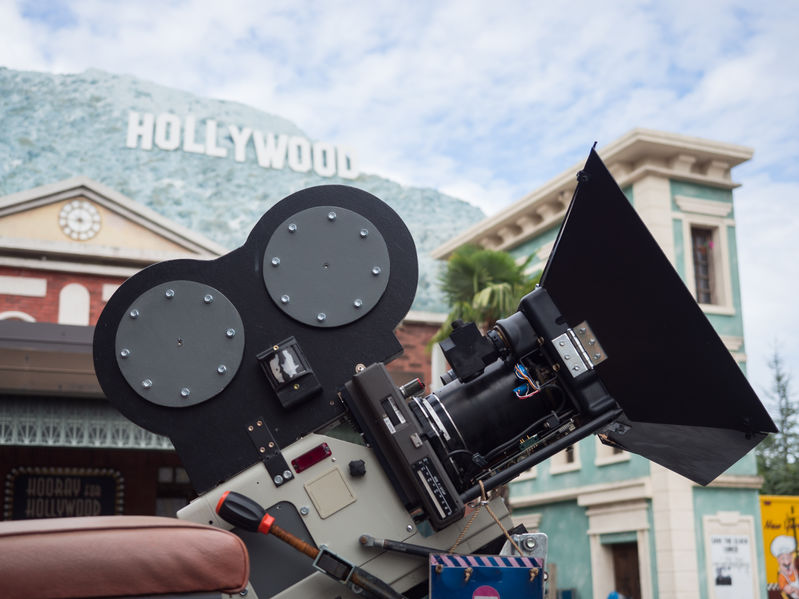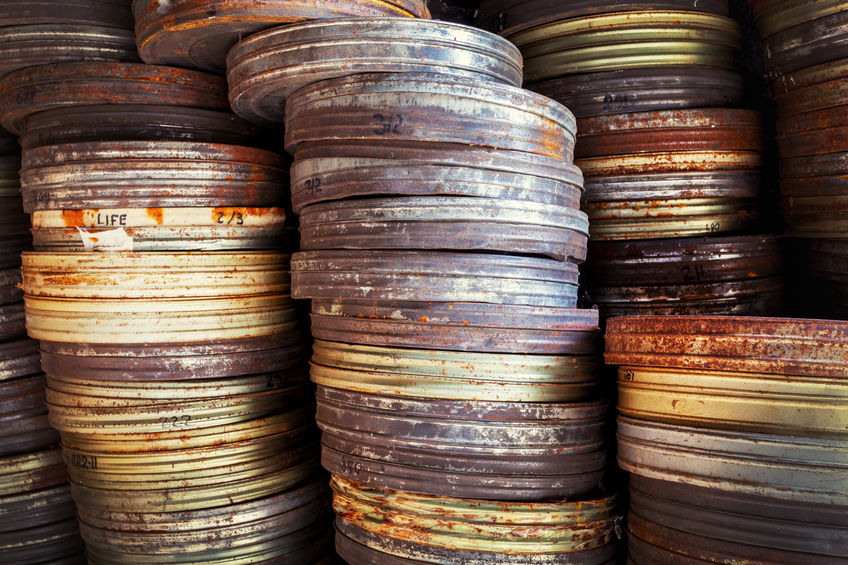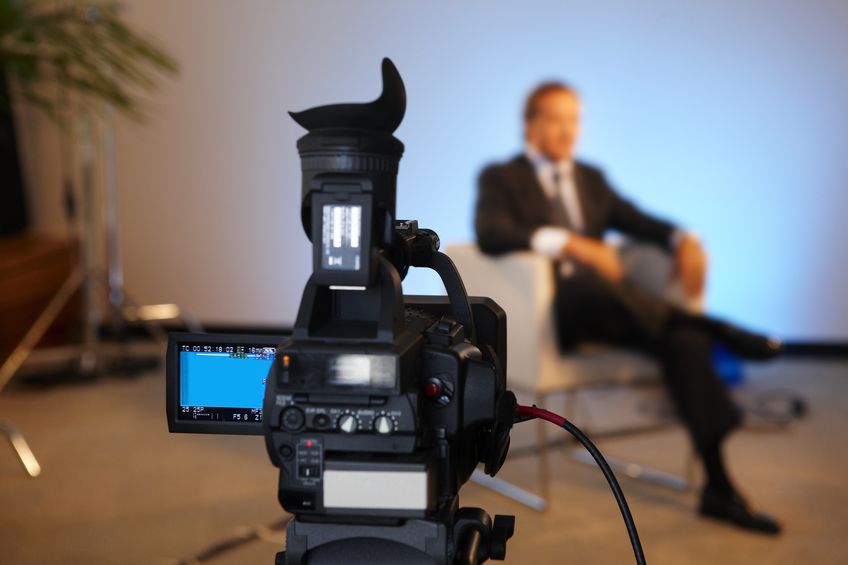Definition: B-roll is the supplemental footage that adds context, atmosphere, and depth to the A-roll. A-roll is the primary footage telling the story, e.g., footage with actors. B-roll shots are also referred to as supplementary footage or “Broll.”
Key Takeaways
- B-roll adds context to your subject and is a life-saver when editing.
- B-roll keeps your viewers engaged through visual variety and narrative flow.
- Plan for Broll, shoot more than you think you need, and never delete it from your hard drive.
Table of Contents
The difference between A-roll and B-roll footage

The terms A-roll and B-roll date back to the earliest days when Hollywood movies were only shot on film.
The director or the primary camera operator shot one reel of film – the A-roll. On the A-roll, all the action and later dialogue were captured, driving the movie’s narrative forward.
The role of the A-roll hasn’t changed. A-roll is still the footage of your main narrative of the film, whether a feature film, a short film, an interview, a corporate video, a YouTube vlog, a television show, or a documentary about wild animals.
But the term “A-roll” isn’t used anymore. Instead, terms such as story cut, rough cut, sync-pull, or principal photography are more commonly used.
The other reel of the film—the B-roll—was used to capture all the “other stuff” to create a scene in the movie. It shows the viewer the context in which a scene takes place and adds depth and atmosphere to a scene.
The term “B-roll” is still commonly used today and is sometimes referred to as Broll or supplementary footage.
Common types of B-roll footage
B-roll can be anything that supplements the main narrative. B-roll can easily consist of stock, archival, or public domain footage.
For example, Broll can be an establishing shot, a drone shot, footage of people, a specific location, inanimate objects, or a pick-up shot.
Read more on shots and camera angles.
The B-roll doesn’t have to be captured by the main camera crew but can be captured by a local camera crew on the other side of the earth or licensed through stock footage sites.
The B-roll doesn’t need to be captured by a second camera. You can shoot your principal photography first and then a B-roll with the same camera afterward.
The roles of B-roll Footage

B-roll can be broken down into two main purposes:
The first purpose concerns the content or subject of your film. As such, B-roll acts as supplementary footage, providing context to your main narrative.
B-roll can establish a location, character, or setting of the stage and tone of a film. It can also be used as pick-up shots, cutaways, shots that help create a specific atmosphere, and more.
The second purpose has a more technical explanation. Here, the B-roll provides coverage of a scene from different angles, gives you more flexibility in editing and post-production, and covers up any errors or gaps in your main material.
These two purposes make B-rolls an essential tool in video and film production.
Tips for Capturing Great B-roll Footage

I just wanted to share a few tips for capturing great B-roll footage. Most are what I’ve learned through my own experience, i.e., from all the mistakes I’ve made.
- Plan ahead. Consider what you want to capture in the preproduction stage, include it in your storyboard, etc.
- Do location scouting if possible.
- Make sure to cover a lot of angles to make the final film more interesting.
- Shoot A LOT of Broll! It’s better to have too much than too little.
- Keep your camera steady for at least 5 seconds. It is annoying to get back and find a great shot, which is only usable for 2 seconds when you need 5.
- Keep your camera rolling 5 seconds longer than you think you need it to. Whenever you’re about to push “Stop” on your camera, count to 5 – and THEN stop the recording.
Tips on Using B-roll

I always use a B-roll when I’m shooting interviews. My camera B is set to capture another angle of the interviewee and shoot at a higher resolution than the final film. That way, I can punch in and create close-ups of eyes, hands, or even feet.
If possible, I always try to get B-roll related to the subject of the interview. For example, I might film the person in a working situation or get some shots of hands gesticulating. Or I might film the audience’s reactions at a conference.
Most people aren’t used to being on camera, and you need to cut out all the small pauses and fill words they use without thinking about it when they speak. The B-roll is a lifesaver to cover up these cuts and make everything more fluent.
When it makes sense, I ask for the slides or video clips shown during a conference and ask permission to use them as a B-roll to contextualize a certain point in the interview.
Conclusion
B-roll is essential to filmmaking, whether a short film, a feature film, a corporate interview, a travel vlog for YouTube, or something else. It creates context for your main narrative and makes your film more visually exciting.
B-roll is also an excellent tool in the editing and post-production process for covering up hard cuts, creating compelling transitions, and, in general, creating more flexibility for you as an editor.
Practice shooting Broll whenever you can. And keep it safe on your hard drive because you never know when it will come in handy.
Up Next: What is Kinetic Editing?

